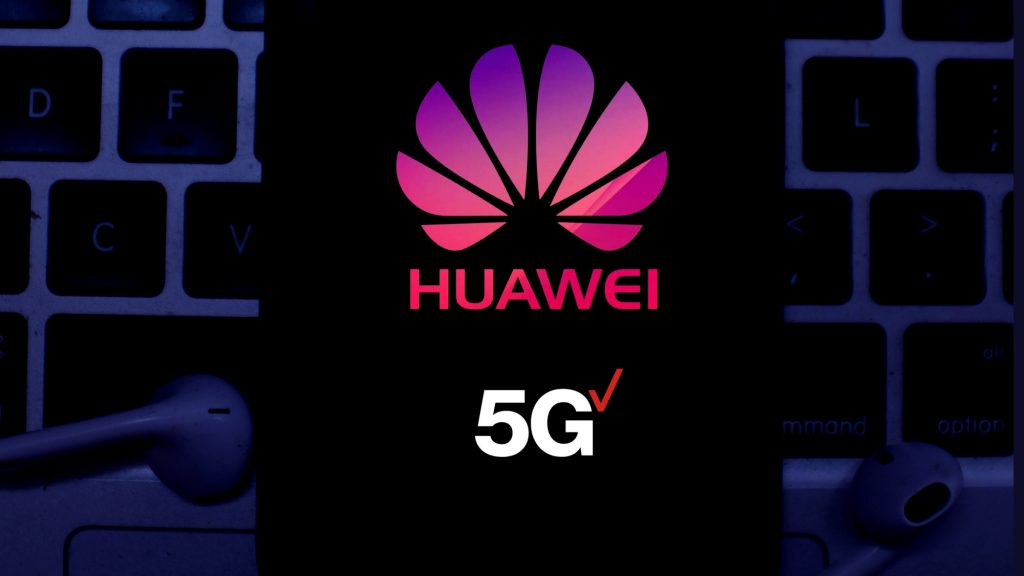
The EU 5G rollout lags behind North America and East Asia, with only 30% of mobile connections expected to be 5G-based by 2024, with delays originating from EU member states’ hesitancy to exclude high-risk suppliers like Huawei and ZTE – despite security recommendations.
An estimated 30% of mobile connections being 5G-based by 2024 compared to 60% in North America and higher in East Asia. The GSMA network company reckons that by 2024 China alone had installed over 4.1 million 5G base stations, while all 27 EU member states had a total of 460,000.
One key reason for this slow EU 5G rollout is the controversy over Chinese telecom vendors like Huawei and ZTE in 5G networks. While the EU 5G toolbox suggested banning high-risk suppliers, Strand Consult research indicated that 17 of the EU member states have failed to act on these measures, and 14 have taken no measures against Chinese suppliers to date.
Europe’s Hesitation to Prohibit Chinese Gear
Europe’s reluctance to ban Chinese 5G equipment comes from pragmatic and economic grounds. Xiang Ligang, the director-general of China’s Information Consumption Alliance, explained that European countries have learned that replacing Chinese technology comes at an extra cost without visible benefits.
Despite political pressure and security warnings, the majority of European countries are unwilling to bear the costly burden of banning ZTE and Huawei 5g in Europe, given their input into the telecommunications infrastructure of Europe.
The EU introduced the “5G toolbox” in 2020 to curb reliance on high-risk vendors like Huawei, but the European initiative largely fallen short. Europe’s 5G infrastructure remains underdeveloped, leaving users with slower speeds and limited access.
Lawmakers are now weighing mandatory implementation, making the 5G toolbox obligatory, but critics say such policies would isolate Europe from leading-edge global tech.
If the EU considers mandatory ban on using Huawei to build 5G, there is a price, and the EU 5G security is the goal. However, excluding Huawei and ZTE could also mean the exclusion of Europe from enjoying cheap and innovate technology because they have played a central role in the expansion of telecommunication infrastructure in Europe without any security threat.
EU 5G Competition
The EU and 5G approach are a manifestation of a zero-sum strategy for technological competition, in which exclusion of Chinese companies is viewed to preserve European interests. Technological advancement is not a zero-sum game, but for an East-West collaboration, it has been responsible for innovation in the past, and the EU’s closed approach would hurt its own long-term competitiveness.
Therefore, Europe has to balance between security and cooperation if it has to make a move in the EU 5G age. Rather than closing its door to the remaining world’s development, Europe needs to embrace cooperation if it desires to bridge its 5G stagnation and keep up the competition in the digital world.
Inside Telecom provides you with an extensive list of content covering all aspects of the tech industry. Keep an eye on our Telecom sections to stay informed and up-to-date with our daily articles.